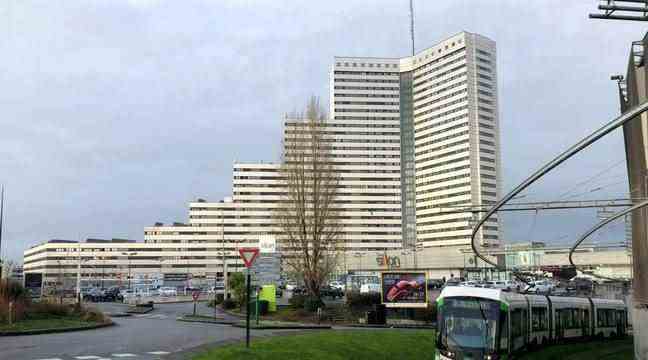It is the most populated building (3,000 inhabitants) in the Nantes conurbation and probably also the most emblematic because of its imposing pyramidal architecture. Le Sillon-de-Bretagne, in Saint-Herblain, has just been connected to the “Nord-Chézine” heating network. This network of buried pipes, which provides heating and hot water to collective buildings, is largely supplied by the incineration of waste from the Arc-en-Ciel treatment center in Couëron. It reduces the consumption of fossil fuels and offers users a rather reasonable price (lower than gas and electricity prices).
Nearly 700 housing units, as well as offices and a few shops, now benefit from this connection to Sillon-de-Bretagne. On the route of this new branch of the network, other places have also just been connected, such as the Nelson-Mandela school group or a 60-unit condominium.
Five heating networks in total
In addition to the “Nord-Chézine” heating network currently under development (already 33 km of pipes), the Nantes conurbation has four other heating networks supplied mainly by wood or gas boilers. The largest, the “Centre-Loire” network, 86 km long, is connected to some 20,000 homes and more than a hundred facilities, including the university and the Jules-Verne clinic.
In total, throughout the Nantes conurbation, nearly 38,000 apartments (70% social housing) are heated by one of the heating networks managed by the metropolis. Ademe, the state-approved ecological transition agency, has already paid 45 million euros in subsidies for the development of these networks.

